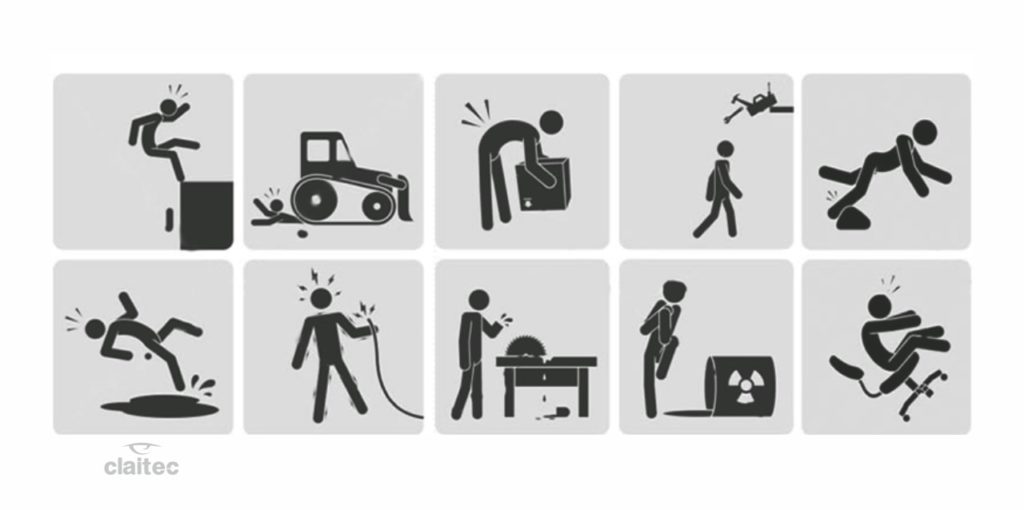
We all try to prevent accidents from happening every day. We look for all possible ways to reduce risks and avoid problems for our workers and workmates. However, we know that accidents – or rather, unforeseen events -, are always present. That´s why today we´d like to share some smart tips that can help you act more effectively when you need to respond to unforeseen events in our workplace.
- First of all, we must bear in mind that it´s essential that operators and area managers must be trained in and knowledgeable about first aid. This is a worldwide trend, and the training and periodic updating of knowledge for workers in our industries or factories should always be considered a key part of our training.
- Secondly, we must bear in mind that very often, the extent of the consequences of a work accident and its effects on the future of that person, could very well be determined by how quickly the problem was answered or given attention to. Therefore, time is money in these situations, and just as important is to give a trained, reasoned and comprehensive response, and not act in an imprudent and impulsive manner, simply being motivated by the willingness of “wanting to help”.
- We know that having a first aid kit is key. In most countries this is mandatory, but beyond that, we must check it constantly and ensure that is kept complete and with all the articles in the correct form and expiry dates. All first aid kits must have – according to local regulations – the items needed to take care of cases such as minor injuries, cuts, scratches, punctures, wounds, burns, blisters, bruises and sprains. They must also be easy to transport to the location of the accident in question.
- During an accident we must remember three words: protect, warn and rescue. Protect implies that before taking any action, we must be sure that both the injured party and ourselves are out of risk and out of reach of further damage. This means stopping the machine in question, preventing further loss of gas or liquid, or other similar actions. As far as “warn” is concerned, we need to seek assistance from specialists: doctors, firemen, etc. And finally, “help”: we must act on the injured person within our capacity to do so by assisting with things like checking their state of consciousness and pulse.
- Extreme caution in the mobilisation of the injured. The general notion is that the injured person should not be moved unless their integrity is in danger if they remain where they are: for example, in a fire. If it’s necessary to transfer them, it must be done with complete caution, and according to the criteria previously decided, as mentioned at the beginning.
Are you keen to have further information on some of the tools available at Claitec for the prevention of accidents in your industry?
Don´t hesitate to get in touch!

Sorry, the comment form is closed at this time.